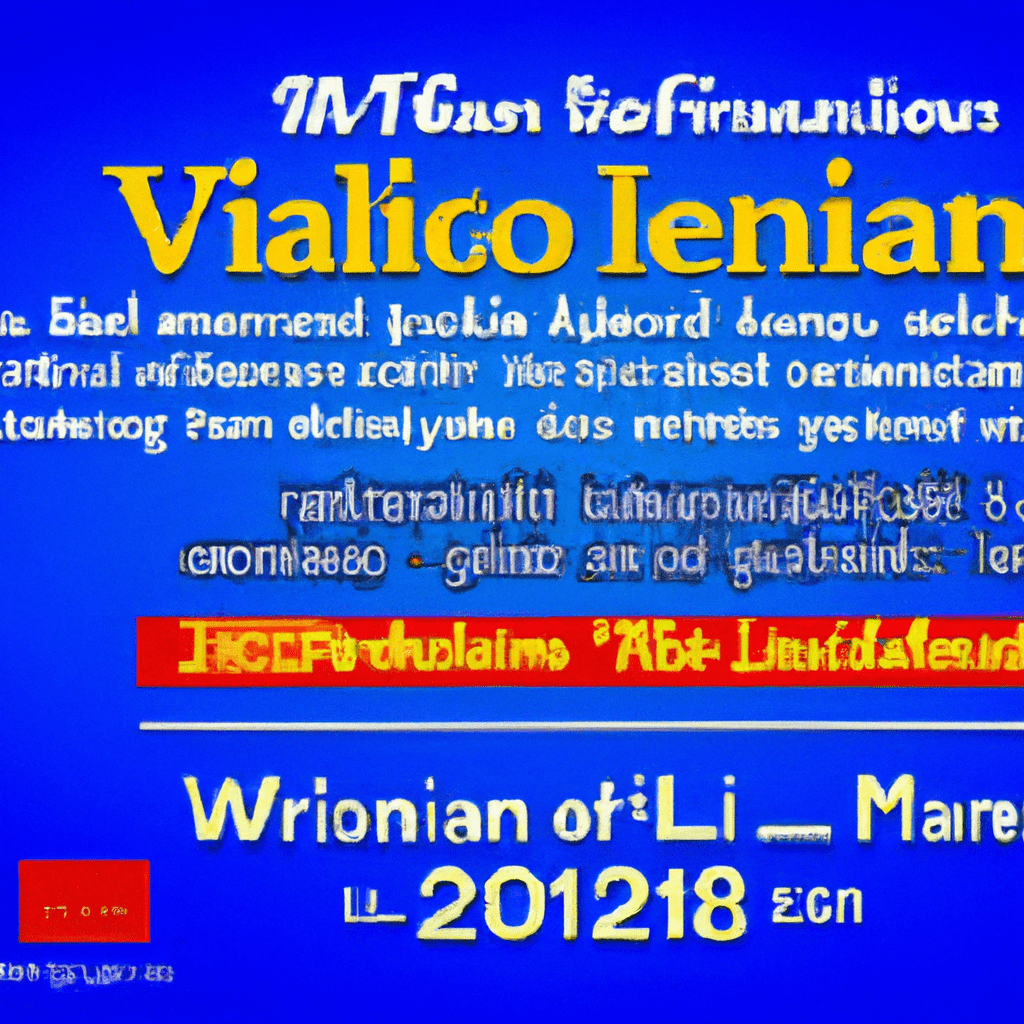A Pioneering Move: Vellore Corpn. Launches Vaccination Program for Community Dogs – Shlok’s Automation
In a society where human health always takes the spotlight, it’s encouraging to see the welfare of animals also being addressed. The corporation of Vellore, in a groundbreaking initiative, has recently begun a comprehensive vaccination programme for community dogs.
This is not just an example of animal welfare, but is also a testament to the corporation’s commitment to public health and safety. By ensuring that these dogs are vaccinated, they are effectively reducing the risk of zoonotic diseases, thereby protecting both dogs and humans alike.
Let’s delve into this noble initiative and understand its implications, benefits, and challenges.
Understanding the Initiative
The Vellore Corporation, in collaboration with local animal welfare organizations, has taken a commendable step towards the health and wellbeing of street dogs. The initiative involves administering necessary vaccinations to these dogs to protect them from various diseases. It also aims to control the population of street dogs, thus indirectly reducing the risk of dog bites and related diseases.
The programme involves trained professionals who identify, catch and vaccinate these dogs, after which they are released back to their territories. The vaccinated dogs are marked to avoid repeat procedures. It’s a step that not only looks out for the health of the dogs but also considers the wellbeing of the community as a whole.
The Benefits of the Vaccination Programme
Promoting Animal Welfare
The initiative is a significant stride towards animal welfare. Street dogs often suffer from various diseases due to lack of proper care and vaccination. By ensuring they are vaccinated, Vellore Corpn. is helping to improve the overall health and longevity of these dogs.
Enhancing Public Safety
Another significant benefit of this programme is increased public safety. Unvaccinated dogs can be carriers of various diseases, some of which can be transmitted to humans. By vaccinating these dogs, the risk of such zoonotic diseases is largely reduced, thus ensuring a safer environment for the people.
Controlling Dog Population
The vaccination programme also includes neutering and spaying, which helps to control the population of street dogs. This will, in turn, reduce the problems associated with overpopulation, such as scarcity of food, territorial fights among dogs, and potential threats to human safety.
The Challenges Ahead
While the vaccination program is a commendable initiative, it isn’t without its challenges. The sheer number of street dogs makes the task daunting. Additionally, catching and handling these dogs, who are often scared and aggressive, is a risky task.
The success of the program also relies heavily on public cooperation. The stigma and fear associated with street dogs might pose challenges in certain areas. Public awareness and education about the benefits of this program will be crucial in overcoming these obstacles.
Conclusion
Vellore Corporation’s initiative is a unique and inspiring example of how communities can take care of their non-human members. It’s a step towards a more compassionate society where every life, regardless of its species, is valued and cared for.
The vaccination programme for community dogs is not just about animal welfare; it’s about creating healthier and safer communities. While challenges exist, the benefits of this initiative make it a worthy endeavor. This program could serve as a blueprint for other cities and regions, encouraging them to undertake similar initiatives, thus contributing to a better world for both humans and animals.
Anurag Dhole is a seasoned journalist and content writer with a passion for delivering timely, accurate, and engaging stories. With over 8 years of experience in digital media, she covers a wide range of topics—from breaking news and politics to business insights and cultural trends. Jane's writing style blends clarity with depth, aiming to inform and inspire readers in a fast-paced media landscape. When she’s not chasing stories, she’s likely reading investigative features or exploring local cafés for her next writing spot.





